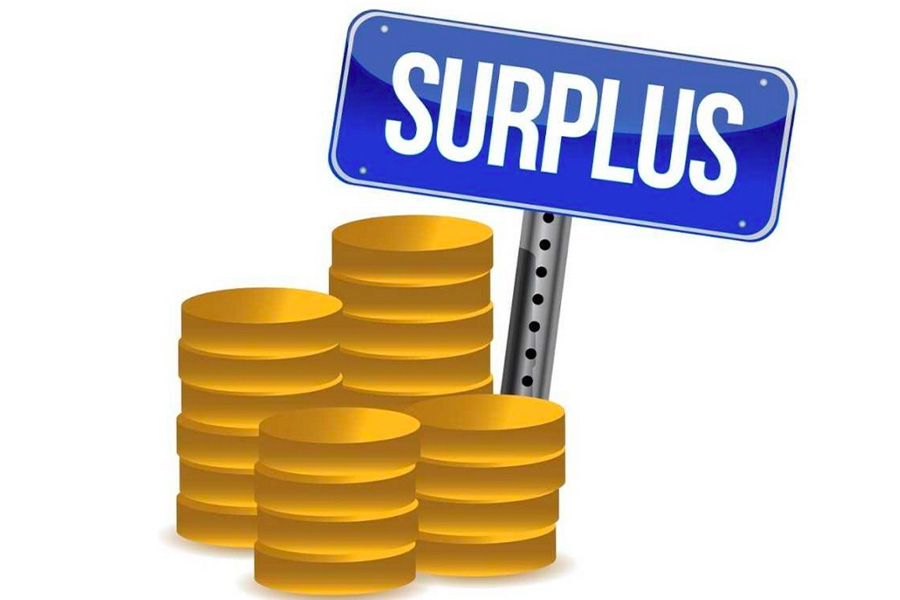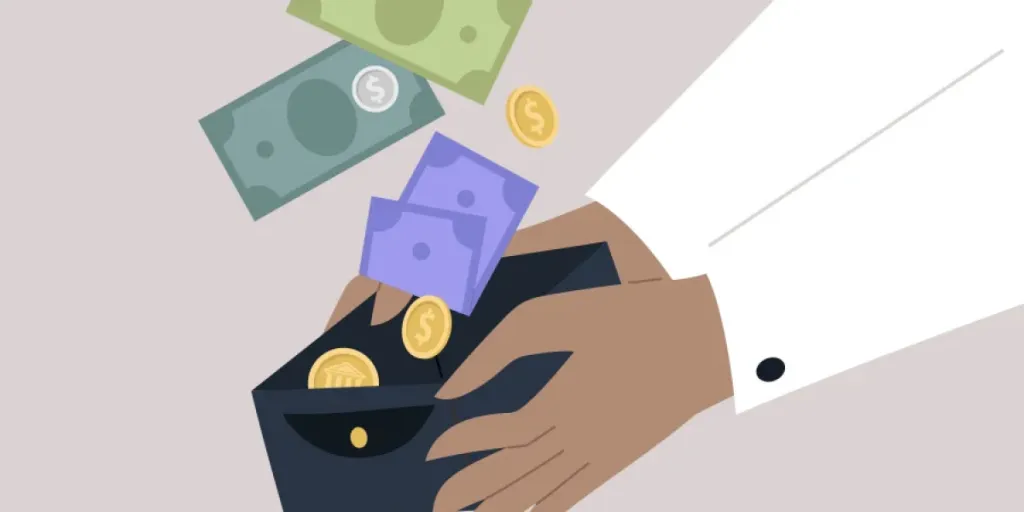When customers feel they are getting a good deal, they are more likely to keep buying from a store. On the other side of the coin, if a business is to stay afloat, it will need to ensure a healthy profit margin.
Supply and demand are the main drivers behind any market. If you are looking to ensure your business’ success, then it is of paramount importance that you understand these concepts. Within this, there are two factors to consider: consumer surplus and producer surplus.
By using consumer surplus to your advantage, you can ensure customer loyalty and your own business profit margin. Read this article to learn about consumer surplus and when you should convert consumer surplus into producer surplus.
Table of Contents
What is consumer surplus?
How is consumer surplus calculated?
How does consumer surplus happen?
Conclusion

What is consumer surplus?
Consumer surplus, or buyer’s surplus, refers to the market condition whereby the consumer ends up with a surplus after purchasing a product. That is to say, they pay less money than they would expect or be happy to pay for a product, thereby leaving them with a surplus of cash and satisfaction after completing their purchase.
An example of consumer surplus would be if an individual would be happy to spend $450 on a holiday, but they find it only costs $250. This leaves them with a consumer surplus of $200.
Prices are elastic, however, and so a producer can change prices in accordance with demand. This is one of the reasons why holiday bookings will change in price in high season and low season, despite the holiday being the same.
When a holiday increases in price because the seller knows that there is a demand and people are willing to pay more, then the seller is turning consumer surplus to their advantage. The seller knows that people are willing to pay more, so they turn the consumer surplus into producer surplus.
An example of producer surplus would be for the travel agent to sell the above-mentioned holiday for the full price of $450, thereby taking the additional $200 that was originally the consumer’s.

How is consumer surplus calculated?
To calculate consumer surplus, economists utilize the demand curve. In this graphic representation, the price is displayed on the y-axis of the curve, the demand quantity is shown on the x-axis, and a horizontal line depicts the actual value of an item.
Consumer surplus is shown above the horizontal line of the actual product price and below the demand curve. This curve is usually downward sloping thanks to the law of diminishing utility, meaning products are expected to lose usage or appeal over time, meaning decreased demand, and thus price.

It is important to know what consumer surplus is before starting your business, as this information can help shape your price points and brand.
How does consumer surplus happen?
Markets are regulated by supply and demand. These factors drive price points and shape brands and marketing strategies. Businesses will often try to artificially drive demand through sales, but these lower price points and deals are ultimately a direct result of there being a lower demand. Likewise, businesses will capitalize on increased demand (such as high season for holidays or season-specific clothing) to increase their price points and convert consumer surplus into producer surplus.
To offer your customers the best deal and ensure your products stay viably priced (both for your customers and your business’ economic health), it is important to understand how supply and demand regulate markets. Consumer surplus can work to your business’ advantage if you know how to price your products accordingly.
Always check your competition and price accordingly to ensure your customers buy from you. Likewise, check your own consumer surplus with your suppliers to ensure a healthy profit margin.
Conclusion
Consumer surplus is a direct result of businesses reacting to supply and demand in the market. Using consumer surplus as a tool, businesses can grow their profit margins and ensure customer loyalty.




